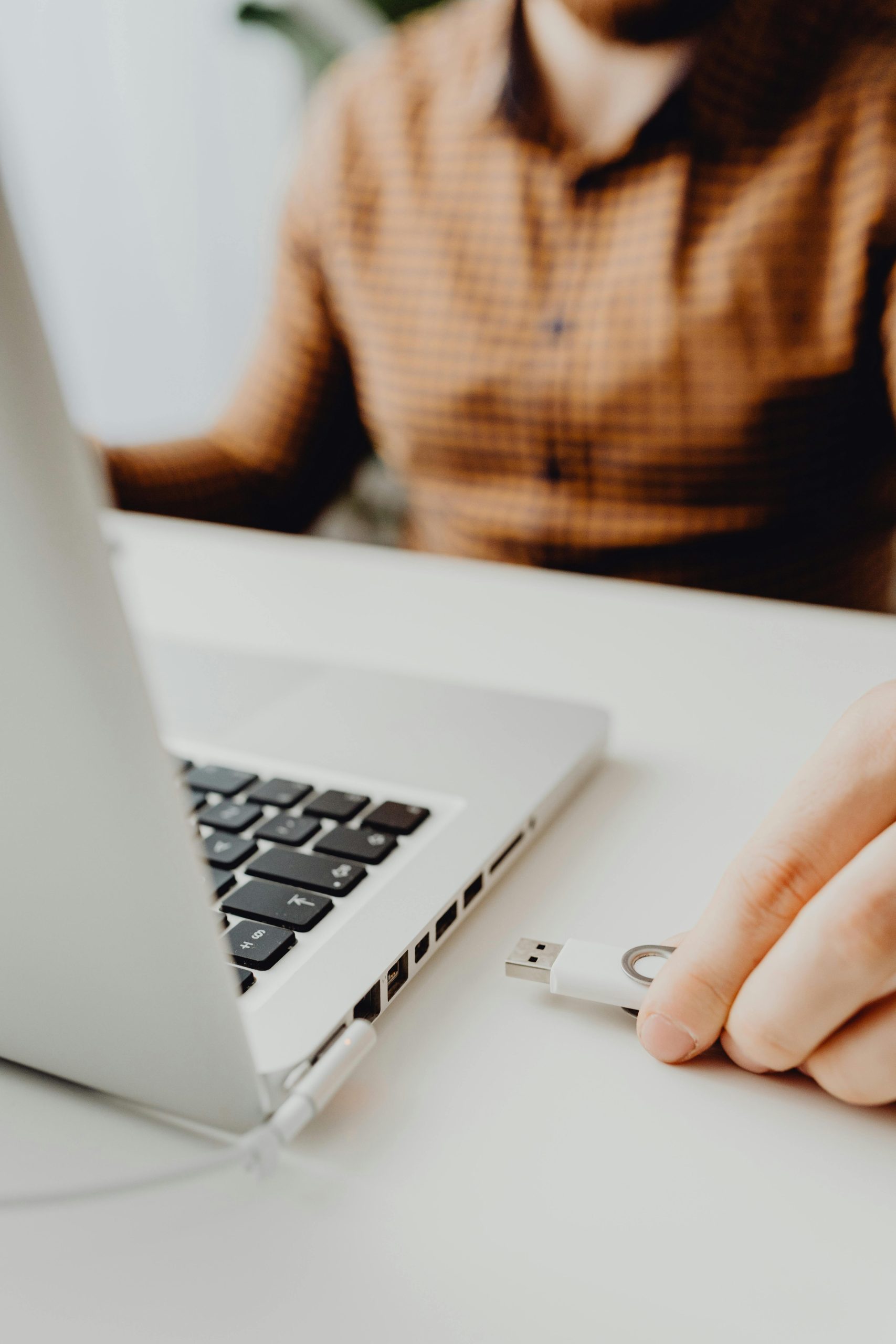Understanding Repeated Hardware Failures: Diagnosing Laptop Compatibility Issues
If you’re experiencing persistent problems with your laptop seemingly “breaking” external devices, you’re not alone. Many users encounter frustration when their external drives, microphones, and other peripherals fail prematurely, leading to doubts about whether the issue stems from the devices themselves or the laptop’s configuration.
Case Overview:
Consider a user operating a Lenovo Flex 2-in-1 Convertible Laptop with the following specifications:
– 14-inch Full HD Touchscreen Display
– AMD Ryzen 5 3500U Processor
– 12GB RAM
– 256GB Storage
– Running Windows 11
– Using Avast Antivirus
The user reports a pattern of external hardware failures over the past five years, including multiple external hard drives and USB condenser microphones. A recent incident involved a new external hard drive that functioned properly for approximately three hours before the system ceased to recognize it consistently. Initially detected enough to be ejected, thereafter the drive became inaccessible. Similar issues have affected other peripherals, which worked initially but then failed to be recognized reliably.
Possible Causes:
Such repeated hardware issues could be due to several factors:
1. USB Port or Driver Problems: Faulty or outdated USB controller drivers can lead to recognition issues.
2. Power Supply Issues: Insufficient power from USB ports, especially in laptops, can prevent peripherals from functioning correctly.
3. Hardware Compatibility: Some peripherals may not be fully compatible with the laptop’s hardware or the Windows 11 operating system.
4. Software Conflicts: Antivirus software or other background applications might interfere with device recognition.
5. Physical Port Damage or Hardware Faults: Wear and tear on USB ports or internal hardware faults can cause unreliable connections.
6. System Settings and Power Management: USB selective suspend settings or power management options might be disabling ports unexpectedly.
Recommended Troubleshooting Steps:
1. Update Drivers and BIOS: Ensure all device drivers, especially chipset and USB controllers, are current. Check the manufacturer’s website for firmware updates.
2. Test USB Ports: Use different USB ports and, if possible, test peripherals on another computer to determine if the issue is specific to the laptop.
3. Check Power Settings: Disable USB selective suspend in Windows power options to maintain consistent port power.
4. Monitor System Event Logs: Use Windows Event Viewer to identify hardware errors related to USB devices.
5. Scan for Malware or Conflicting Software: Confirm that Avast or other security software isn’t inadvertently
Share this content:



